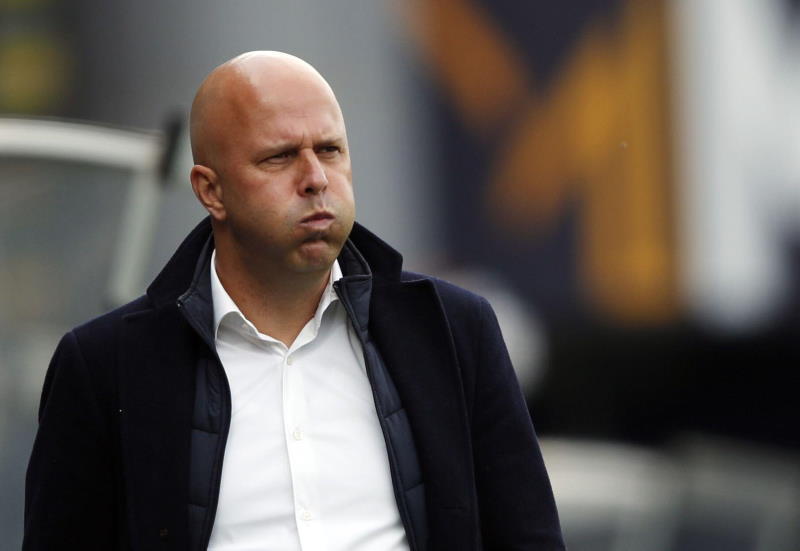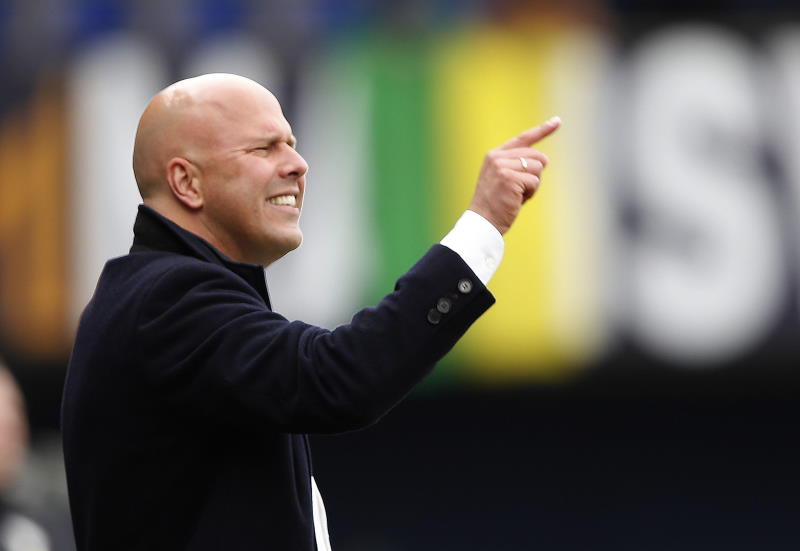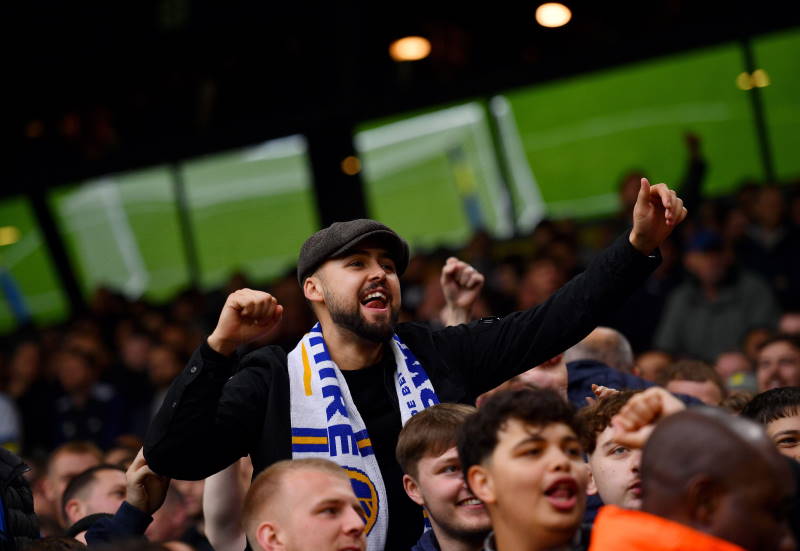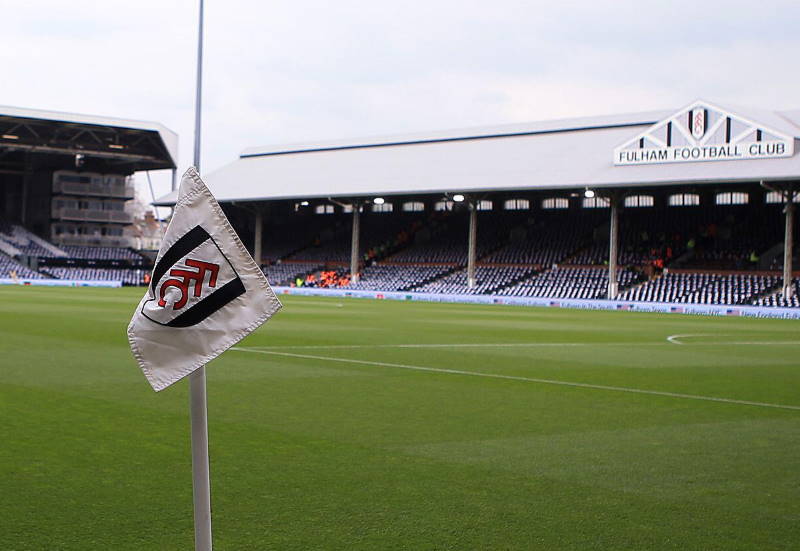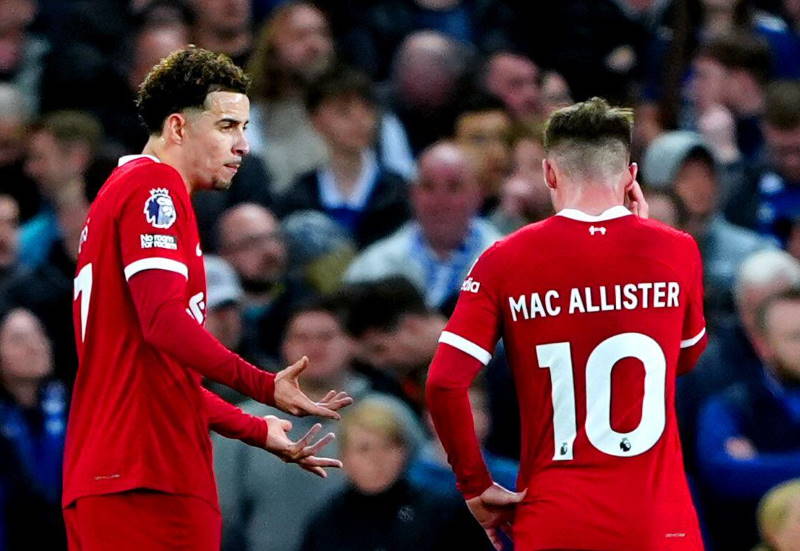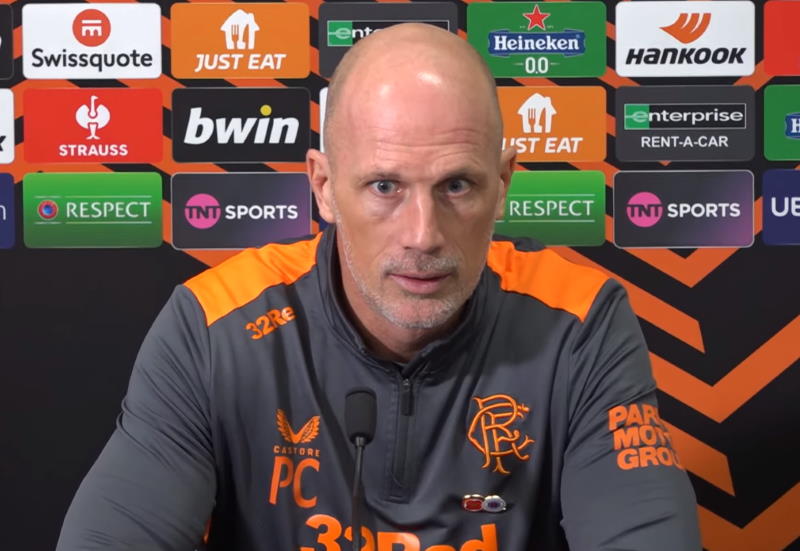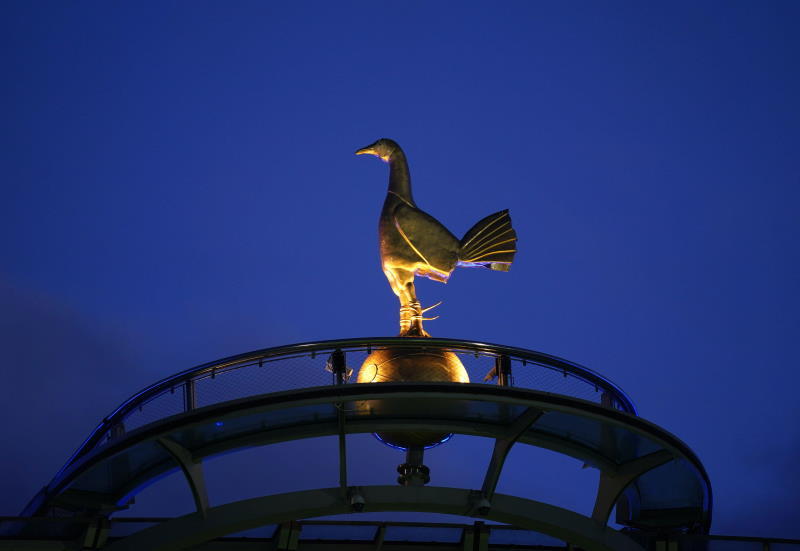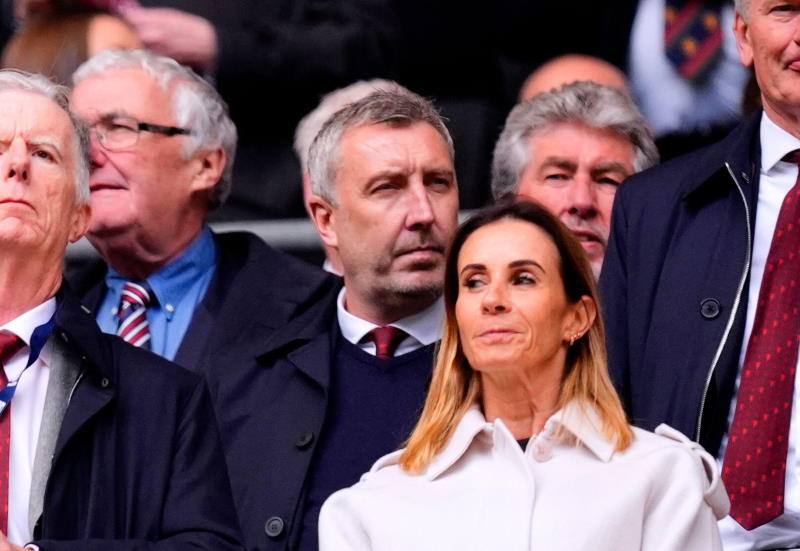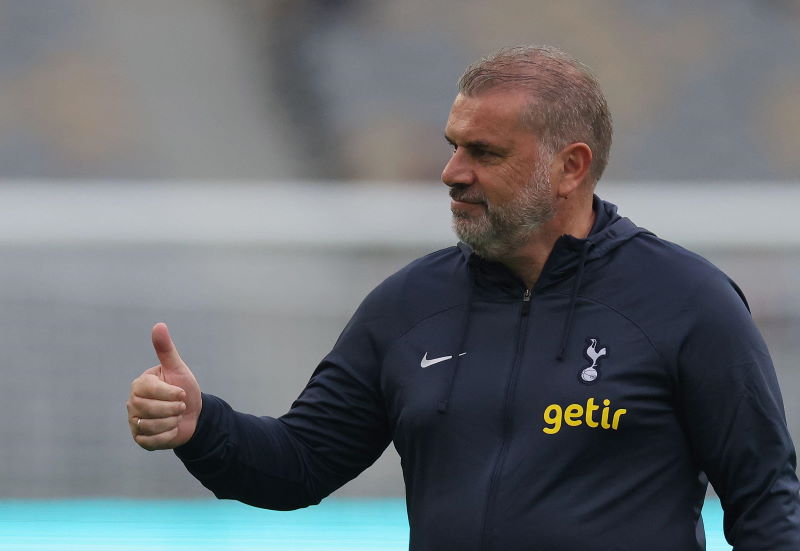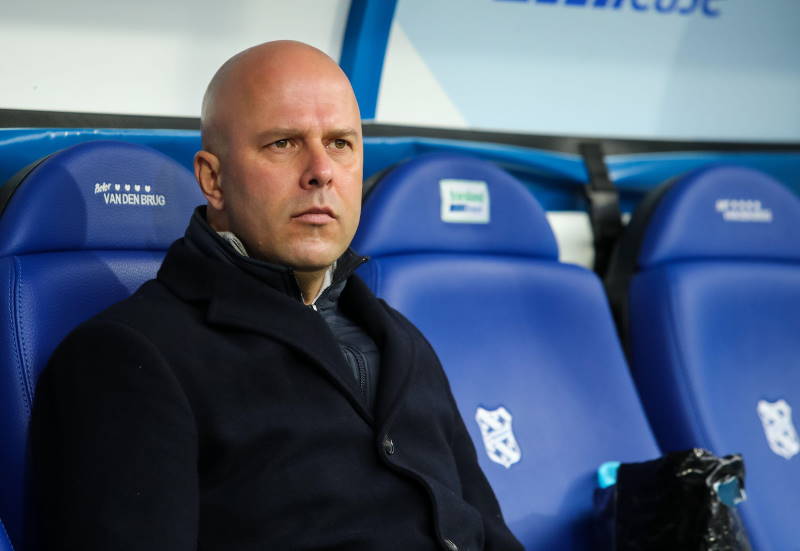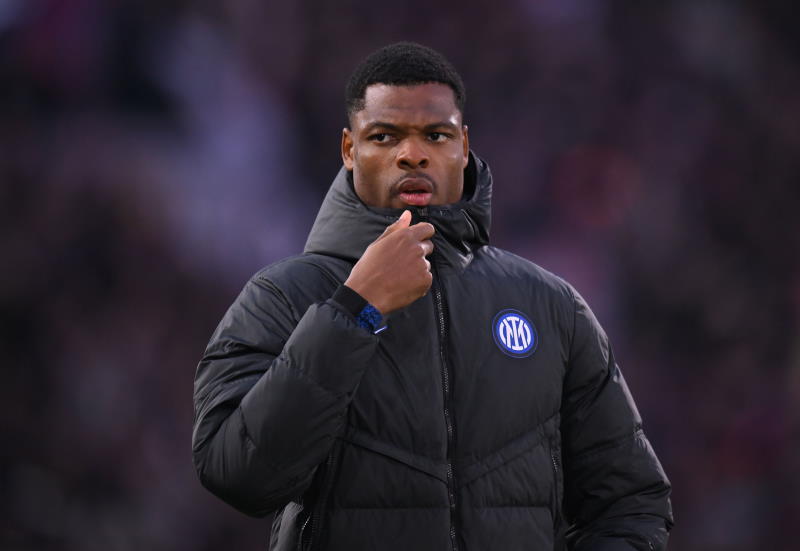
After appearing to have turned down an invitation to play in the 2011 Copa America this summer due to the recent earthquake and resulting tsunami, the Japanese Football Association have decided the daihyo will travel to Argentina and compete.
Replacing the United States, who contested the 2007 edition, Japan will be looking to continue the dominant displays that earned the side plaudits at the World Cup in South Africa followed by the Asian Cup itself earlier this year in Qatar. And the Blue Samurai have a burgeoning reputation as an emerging force in world football to defend against opponents of real quality.
Over in South America, Brazil holds the highest population of Japanese outside Japan due to a series of bilateral agreements in the early part of the 20th century. Indeed, Japan has always been seen as somewhat of a little brother in the eyes of their five-time World Cup-winning counterparts, even if it has been the football association of the host country – Argentina – which has been coaxing the Asian nation to join the Copa America party.
Along with hosts Argentina, Japan have been grouped with relative minnows Bolivia and possible surprise-packet Colombia, in what promises to be a competitive battle. Argentina may be favourites to qualify at the head of the group, but second spot should be wide open. Bolivia can be expected to fold under pressure from Colombia and Japan, but the battle between the two latter countries could go to the wire. However, it should not be overlooked that the last time the Blue Samurai met La Albiceleste, Japan ran out 1-0 winners in Saitama thanks to a Shinji Okazaki goal and some determined defending.
There is though a catch to Japan’s involvement. The Japanese Football Association (JFA) are unwilling to release players from their domestic J.League commitments, as the season itself lags well behind due to the earthquake and tsunami. With such a major national disaster on their doorstep, Japanese footballers have been out in full force trying to rally support for their home country, and a recent charity match held in Osaka between the national team and a select J.League eleven, coached by Nagoya’s Dragan Stojkovic, saw people swarm in their thousands to help their nation in need; the national side may have come out on top, but the real winner was Japan, with even the old great Kazuyoshi “King Kazu” Miura taking to the pitch at the ripe age of 42. It was even slated that Stojkovic himself would showcase his skills, but the Serbian legend remained in the dugout for the duration of the game.
Now, with the Copa America looming, it is time for Japan coach Alberto Zaccheroni to hand an opportunity to more of his foreign-based players. With a chunk of the squad playing in Europe, it should put the Italian at ease that he has enough depth to call upon if he cannot pick any of the country’s domestic-based stars. The likes of Takayuki Morimoto of Catania and Michihiro Yasuda of Vitesse Arnhem were overlooked during the Asian Cup, and the pair should see some minutes on the pitch in Argentina.
However, with much of Japan’s central defence based at home (Tulio Tanaka, Yasuyuki Konno, Daiki Iwamasa and Yuji Nakazawa) it will be intriguing to see how relaxed the regulations imposed will be with regard to releasing at least two of these players, especially given that there are only two recognised centre backs in Europe, in the form of Maya Yoshida (VVV-Venlo) and Tomoaki Makino (1.FC Koln).
In Argentina, much more will hinge on the defensive side of Japan’s game than the attacking dimension, as South American teams should have more than enough about them to trouble the Blue Samurai’s backline – even if it was at full strength.
With the countdown to the 2011 Copa America already beginning, Japanese football fans have something to look forward to and, in a time of national tragedy and crisis, the opportunity to cheer on their national team in Argentina come July will be more than welcome.

